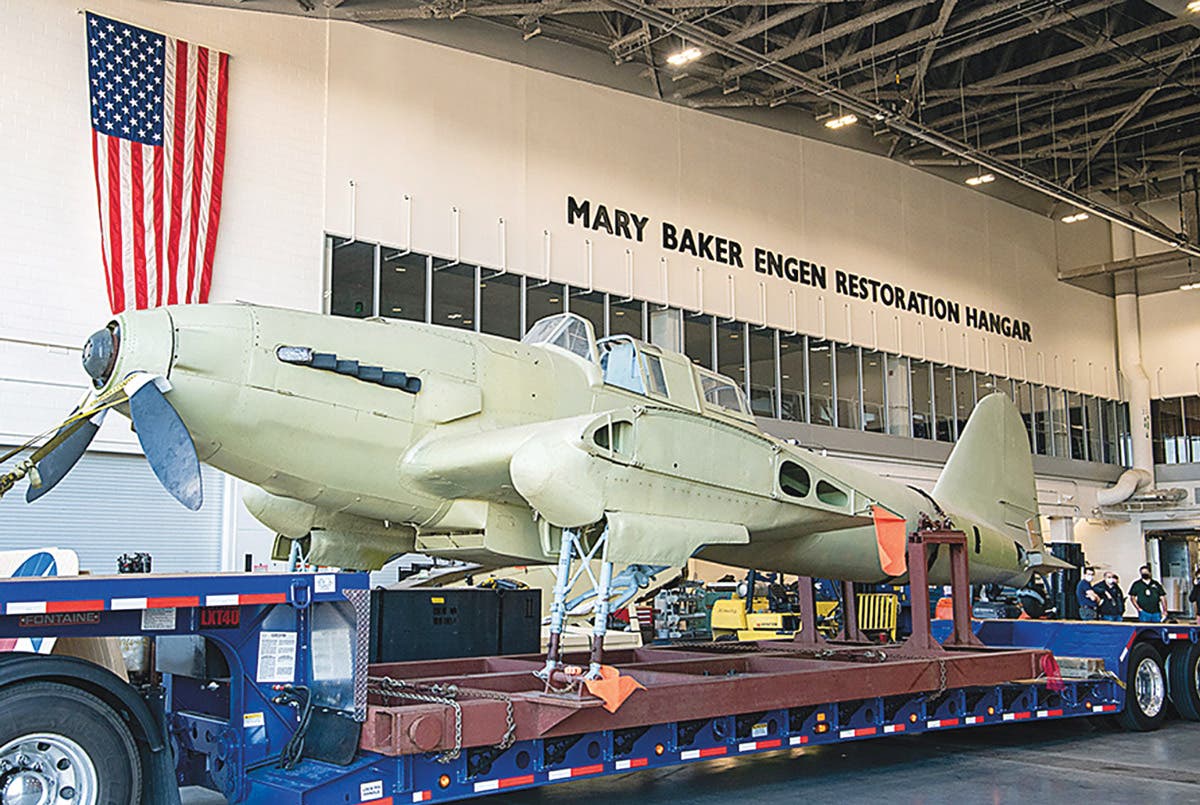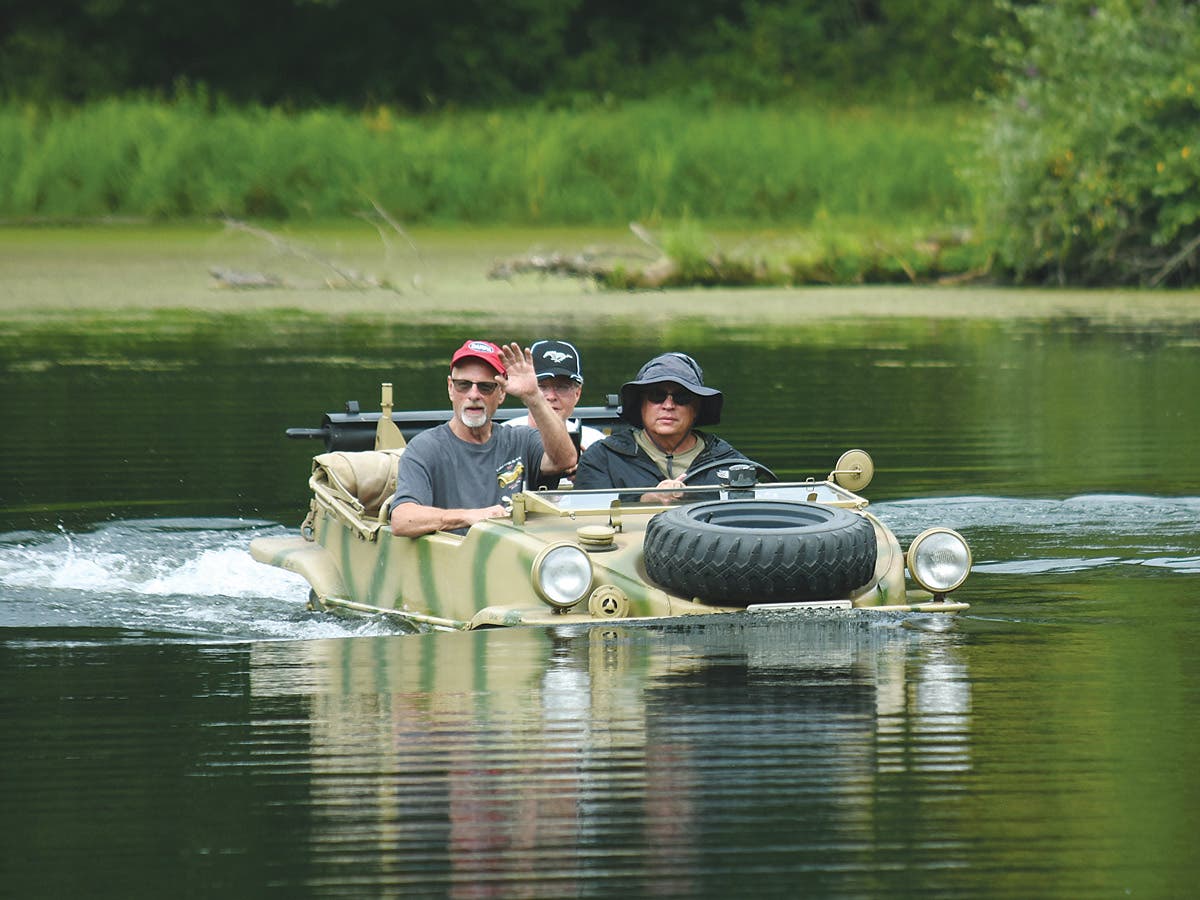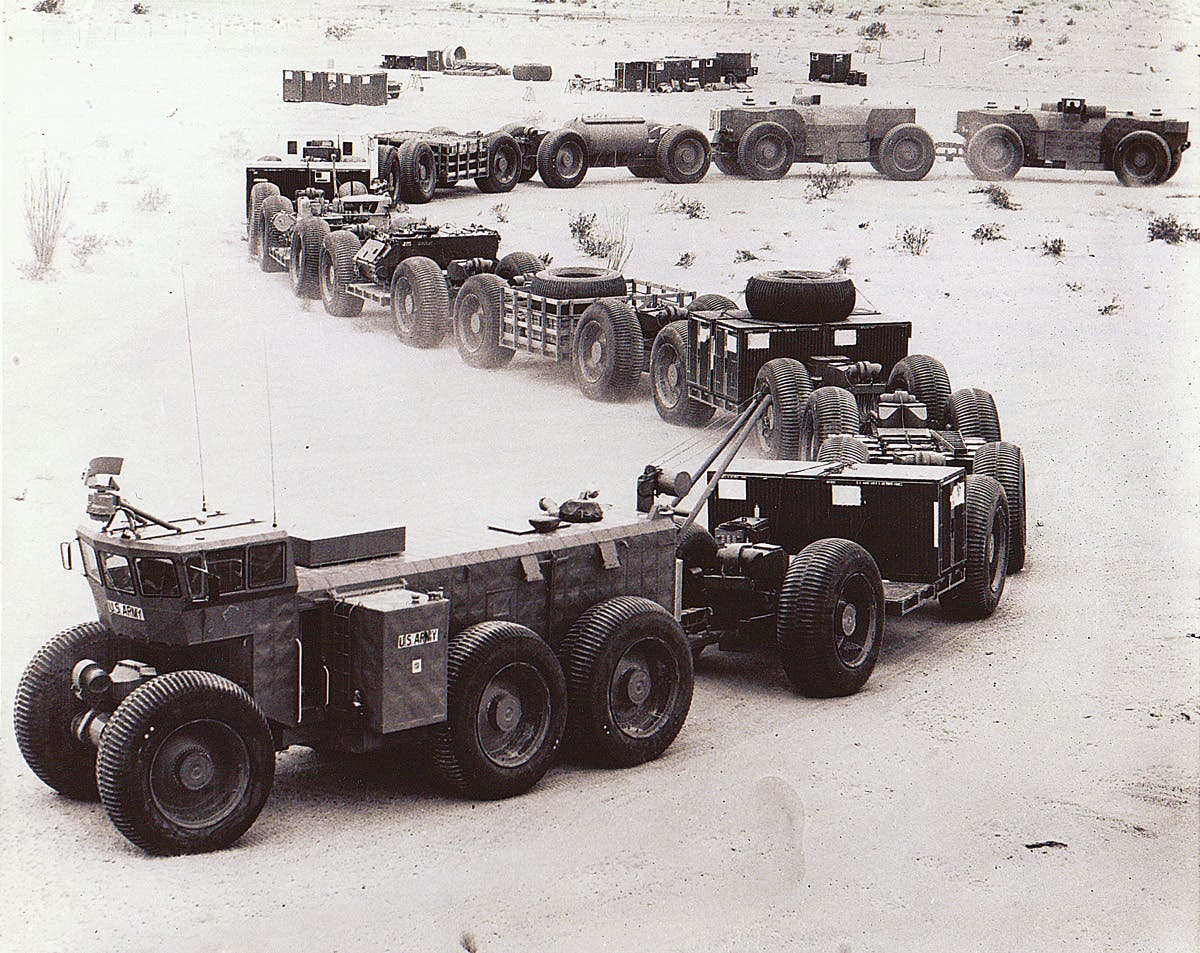A look at combat support boats
These tiny nautical military taxis make for valuable workhorses in war efforts.
An army must always expect the unexpected if it is to survive. This was certainly the case facing the Allied armies during the Second World War, when they were confronted with problem of crossing rivers where the bridges had been destroyed by the German Army as it retreated.
The Allies had two methods of overcoming such problems. The first was the use of Bailey bridges, which could be constructed to span even the widest river, but took time to build and required considerable manpower. The other method was light boats propelled by infantry using paddles, such as the 82nd U.S. Airborne crossing the Waal during Operation Market Garden in September 1944 and later during the Rhine Crossing at Remagen. The drawback to this method was only infantry and light weapons could be transferred.
In post-WWII years, armies around the world continued to need small boats for operations, which led to a range of designs being developed. In the 1970s, the British Army, which trained in river crossing operations, required more suitable watercraft. The Military Vehicles and Engineering Establishment at Christchurch in Dorset, kick-started a program for improvement when it outlined a design requirement for a versatile craft with a shallow draught capable of operating as a diving support boat, ship-to-shore supply craft and to conduct patrols of inland waterways.
The British company of Fairey Allday Marine Ltd. undertook development of a design in response to the request, and in late 1975 submitted a design for such a boat which would become the Combat Support Boat. It sparked interest and two years later the first prototype of an all-aluminum hull craft was ready for trials. These were conducted at sites in Britain and on the River Rhine in the then Federal Republic of West Germany and NATO member states, where conditions tested the boat design to the extreme. The trials proved successful and led to a pre-production model of the boat being ordered for further trials.
This version was completed and delivered in May 1978 and further trials were conducted. These, too, were successful and only served to confirm what was already known about the suitability of the boat’s design, ending with it being accepted for service in February 1979. In 1980 an order was placed for 58 boats, which by now were being referred to as Combat Support Boats (CSB), and with the program so far advanced the first deliveries were made later that same year. A decision was made at the time that the boats should be operated by units of the Royal Engineers.
Instead of conventional propellers with blades, twin Dowty 300mm water-jets were used as propulsion. This which would allow the CSB to operate in very shallow water without the threat of becoming fouled. Capable of being operated by two men, the CSB could carry an infantry section for river crossing operations or to land small units of special-forces along a coastline. Its versatility and handling qualities made the design equally suitable for operating in deep water as well as harbours. Equipped with an enclosed cockpit cabin housing all the controls the CSB could also attain speeds of around 20 mph even when transporting loads of more than 4,000 lbs.
While its intended function had been clearly defined very early in its design stage, the CSB proved itself capable of operating in other roles. Among them, diver support boat and supply hauler. With buffers fitted to the bows, it could be used to nudge pontoon sections into position for river crossings. While never intended to carry fixed armament, temporary mountings could be fitted to allow light machine guns to be carried for self-defense or provide fire support. One of the more unusual functions of the CSB involved being fitted with anti-personnel mine dispensing systems such as the Ranger, which could project anti-personnel mines along river embankments to prevent incursion by an enemy force.
This last variant of the boat was used more for a feasibility study, rather than a standard feature, to demonstrate the versatility of the CSBs ability to be used in a wide range of roles. Patrolling harbors on security duties led to searchlights being fitted — again proving the boat’s usefulness to civilian organizations such as border control and customs. The CSB was an all-round workhorse capable of undertaking a wide range of duties to support combat engineering roles. A special trailer, capable of being towed by a truck, was developed to allow the CSB to be transported distances overland by road to inland waterways.
When Argentina invaded the Falkland Islands, a British territory, in 1982, the British government responded by dispatching a Task Force to transport a tri-service force, complete with an extensive range of weaponry and equipment. A great deal of vital equipment was carried onboard the container ship the Atlantic Conveyor, which was serving as the logistics supply vessel. On May 25, the ship was attacked and hit by Argentine aircraft firing two Exocet missiles. She sank three days later with 12 men lost along with much heavy equipment including, 12 of the new CSBs, which would have been useful for operating in shallow coastal waters around the islands.
After the war the losses were made good with an order for the replacement of these boats, leading to an interest by several overseas armies, including Turkey, Greece and South Korea. Fairey Allday would eventually supply around 1,000 CSBs for those armies.
The U.S. Army was sufficiently impressed by the CSB design that it developed a much-modified version for service with its engineering units, referring to it as the “Bridge Erection Boat”.
Today, more than 40 years after being introduced into service, the CSB is still operational, although with a design that has modified and improved to keep pace with its evolving roles. Its presence reaffirms the need by armies for such small but very useful watercraft.
Examples of the original design CSB can even be tracked down on specialist websites for enthusiasts who may wish to add something different to their collection.








